A perfect storm for stigma: gay men’s experiences of mpox
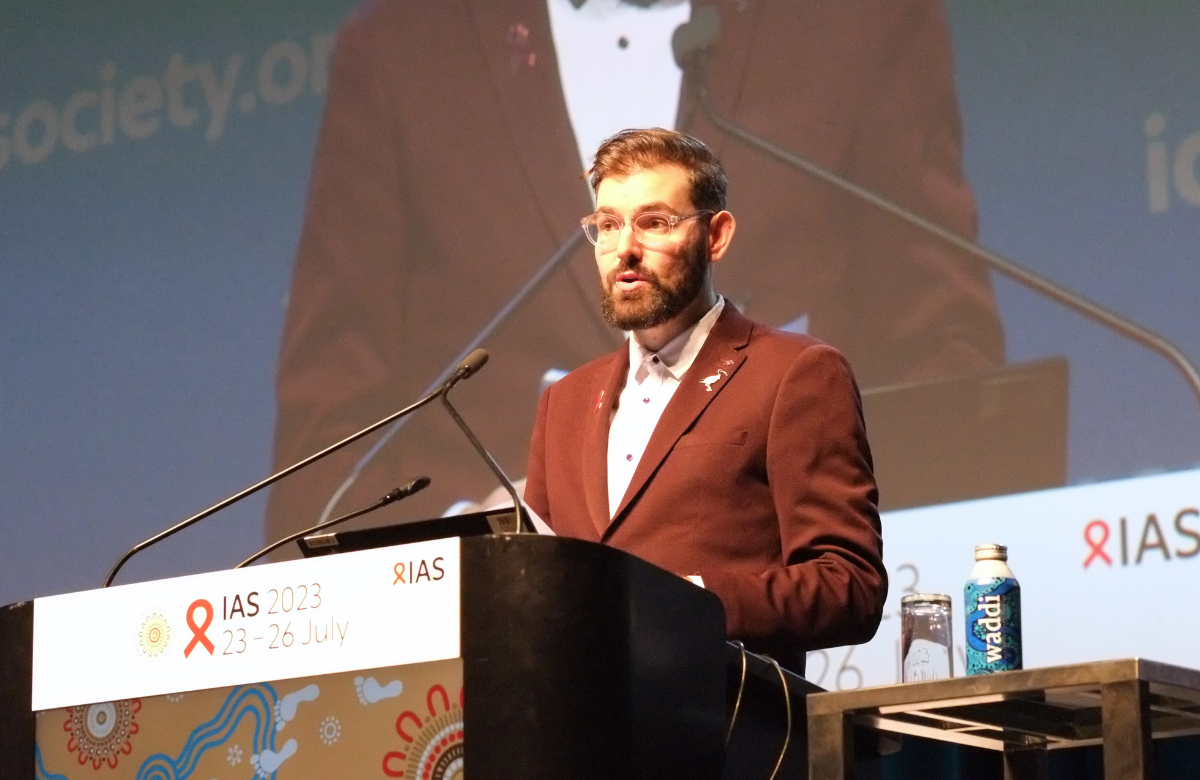
The findings were presented at the 12th International AIDS Society Conference on HIV Science (IAS 2023), taking place in Brisbane, Australia, this week.
The 2022 global mpox outbreak mainly impacted gay and bisexual men. Media reports compared the outbreak to the early days of HIV, when gay men’s sexual behaviour was also linked to a stigmatised disease.
Australia recorded 145 cases, mainly among people returning from travel to Europe. Dr Anthony Smith from the Centre for Social Research in Health at the University of New South Wales and colleagues interviewed 13 men who had been diagnosed with mpox.
Participants’ descriptions of the severity of their symptoms varied, with some expressing relief that they only had mild symptoms and others describing extreme pain.
“It would be the worst pain I have ever experienced in my life. It was extremely unmanageable. I was in tears. I was bleeding. Quite frankly, it felt and looked like my rectum was rotting or ulcerating away.”
Three participants required hospitalisation, while another chose not to go to the hospital due to fear of stigma. A few participants reported positive healthcare experiences. However, most reported inadequate pain management, perceived judgement regarding their sexual behaviour and traumatic experiences.
Seven men reported longer-term issues, including two who needed corrective anal surgery. Other issues included chronic fatigue and ongoing proctitis (inflammation of the lining of the rectum and the anus), concerns about scarring, and psychological distress because of severe pain or stigmatising clinical care.
"It’s been nearly a whole year of not having normal gastrointestinal function. The last 10 days I’ve actually had no pain, no fear, and had control of my bowels. It’s been a very long road.”
While cases of mpox may have declined, this research suggests that people affected may require ongoing support and trauma-informed care.
Social network intervention increases HIV self-testing among African fishermen by 50%
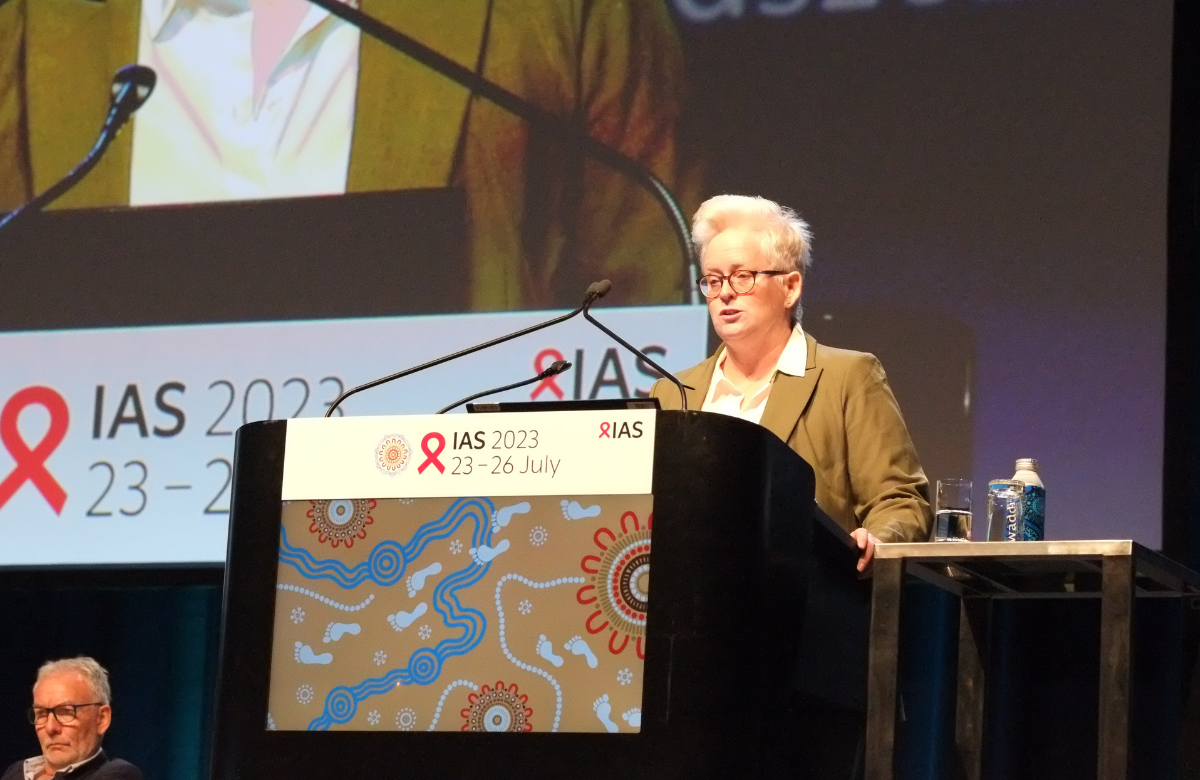
In Africa, men have a higher likelihood of being unaware of their HIV status than women. This trend is particularly evident among highly mobile men, such as fishermen, who tend to have low rates of HIV testing and linkage to care.
Dr Carol Camlin of the University of California San Francisco and colleagues conducted a study in Siaya, Kenya, a region with 38,000 fisherfolk and an HIV prevalence of between 9.5 and 19%.
Groups of fishermen working on three beaches in Lake Victoria with close social connections were defined as ‘clusters’. A highly connected man in each cluster was identified as the ‘promoter’. The 156 clusters were randomly assigned to either the control or intervention group.
In the intervention group, promoters were trained and given HIV self-test kits to distribute in their cluster. They were also given transport vouchers worth US$4 to encourage the members of their cluster to seek HIV treatment or PrEP (regular medication to prevent HIV infection). In the control clusters, the promoters were given HIV information and referral vouchers for free self-tests at nearby clinics to offer to their members.
After three months, 666 men participated in a follow-up survey. The results showed that self-reported HIV testing using self-testing was much higher in intervention clusters (60%) than non-intervention clusters (10%). Similarly, HIV testing through any means was also higher in intervention clusters (47% vs 27%). The proportion of people linked to antiretroviral therapy or PrEP evaluation after testing was significantly higher in intervention clusters (70% vs. 17%).
Switches away from integrase inhibitors do not reverse weight gain, studies find
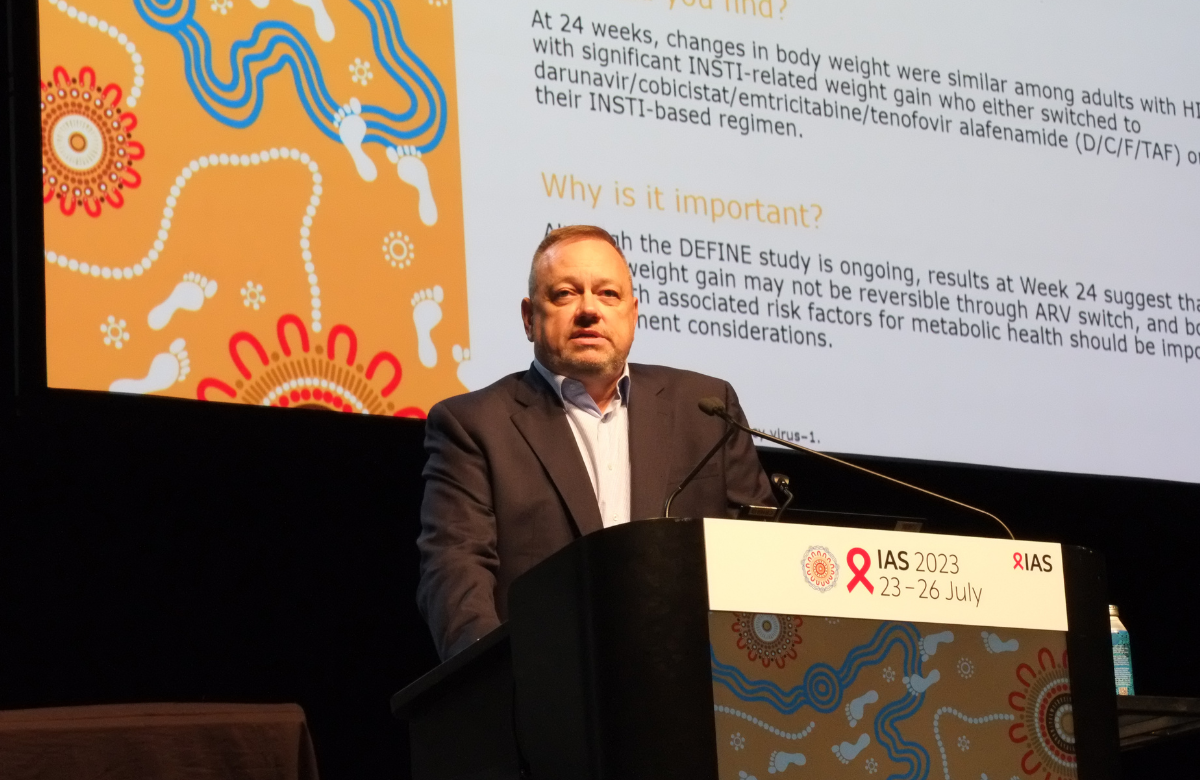
Weight gain is common after starting antiretroviral therapy (ART) and higher body mass is associated with increased risk of cardiovascular disease and metabolic disorders. Previous studies have shown that people taking integrase inhibitors put on more weight, but it is unclear whether this is because they are being compared to efavirenz and tenofovir disoproxil, two drugs that seem to suppress weight gain.
The DEFINE study tested the impact of switching to a boosted protease inhibitor in people with HIV who had experienced weight gain of at least 10% on an integrase inhibitor-based regimen.
Thirty per cent of participants were female, 61% were Black, and median age was 45. Most participants (81%) were taking bictegravir / tenofovir alafenamide / emtricitabine (Biktarvy). Median weight was 100kg and participants had gained a median of 14% of body weight on their current regimen.
Participants were randomised to switch to a fixed-dose once-daily combination of darunavir / cobicistat / tenofovir alafenamide / emtricitabine (Symtuza) (53 participants) or remain on their existing treatment (50 participants).
There was no significant difference between the study arms at week 24. Weight increased by 0.63% in the switch arm and decreased by 0.24% in the integrase inhibitor arm.
Two other randomised studies looked at switching from an existing regimen to a combination of doravirine and islatravir.
In PO17, participants were taking a number of different regimens. Weight gain was higher, but modest, in the doravirine / islatravir arm when the comparator regimen contained efavirenz and/or tenofovir disoproxil. With other comparator regimens, there was no difference in weight gain between those who switched and those who stayed on their existing regimen.
In PO18, participants switched from Biktarvy to doravirine / islatravir and there was no difference in weight gain between the two regimens.
The recent approval in the US and the EU of a GLP-1 agonist drug, semaglutide (Wegovy), for people with obesity has created interest in the use of weight loss drugs by people who have gained weight on ART. Professor Francois Venter of the University of Witwatersrand said that activism will be needed to bring about studies of these drugs in people with HIV.
At-home support after HIV diagnosis in Uganda helps people get on ART and stick with it
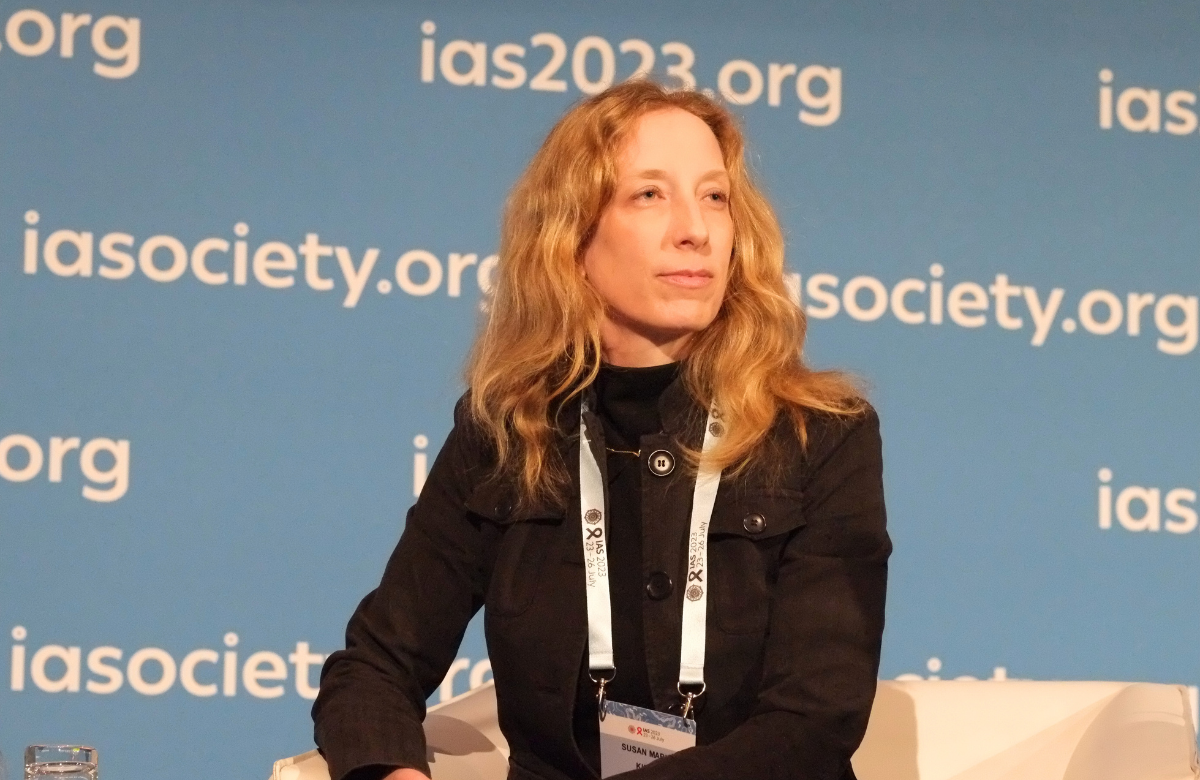
The Ekkubo study was designed to support people who tested HIV positive on a home visit to connect with HIV treatment and care.
The study took place in 56 villages in four largely rural districts between November 2015 and March 2020. Community health workers and researchers went door-to-door to offer HIV testing.
In half the villages, people received counselling and support sessions at diagnosis, after two weeks (when participants received their CD4 results) and after six weeks, plus a navigation session at their first visit to the clinic. People who did not link to care were contacted by phone six and 12 weeks after diagnosis. In the control group of villages, people received a written referral to the nearest clinic plus a home visit at two weeks to receive CD4 results.
Eighty-six per cent of people in the intervention arm and 72% of the control arm started ART. At the end of the first year, 55% of people in the intervention arm had a viral load below 20 compared with 44% in the control arm.
Oral lenacapavir can bridge gaps if injections must be missed

Lenacapavir has a long half-life in the body, allowing it to be administered by subcutaneous injection once every six months. It also comes in an oral formulation that is used before starting injections and can be used for temporary ‘bridging’ if injections must be interrupted.
In December 2021, the US Food and Drug Administration put a hold on studies of lenacapavir due to safety concerns about the glass vials used for the injectable formulation. It was lifted in May 2022.
People taking part in the CAPELLA and CALIBRATE clinical trials involving lenacapavir who were due to receive the injections during this period, took once-weekly lenacapavir pills instead. This affected 57 of the 72 participants in CAPELLA, and 82 of the 105 CALIBRATE participants.
All of the CALIBRATE participants maintained viral suppression, as did most CAPELLA participants who had an undetectable viral load when they switched to the pills. Of the 11 people with a detectable viral load at the time of the switch, three achieved viral suppression while taking the pills, and none saw a notable rise in viral load.
One CAPELLA participant who missed two doses of oral lenacapavir experienced viral rebound (above 50), but regained viral suppression after resuming injections.
Data analysis from Clinical Care Options
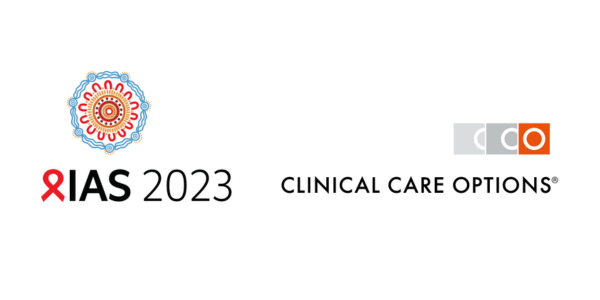
Engage in the analysis of data presented at IAS 2023, with rapid post-conference webinars by expert faculty on key HIV prevention strategies, treatment studies, and new and investigational treatment regimens, provided by Clinical Care Options. Watch the on-demand webinars, download the slides, and gain global perspectives with companion ClinicalThought commentaries.
